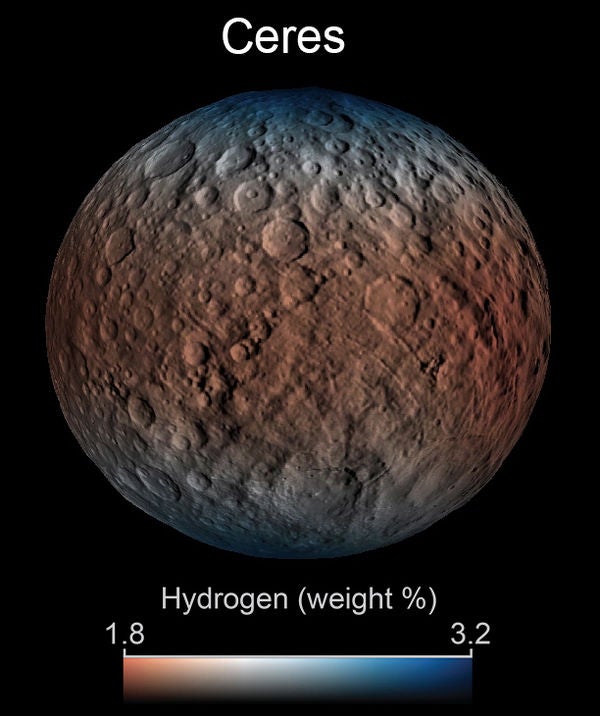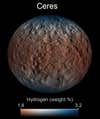Hurricane Tracker
A NASA mission called the Cyclone Global Navigation Satellite System (CYGNSS), which includes eight small satellites, launched this week. Its goal is to better understand how hurricanes form in order to more accurately predict how and when they will occur. One advantage of this system is that it will focus only on areas around the tropics, where most hurricanes form.
Patient, Diagnose Thyself
In many ways, the tricorder in Star Trek is the ultimate piece of medical technology: A handheld device that can diagnose any disease in the body. In 2012, tech company Qualcomm created an XPRIZE competition to challenge engineers and doctors to create a device similar to the fictional tool. We took a first look at the two finalists’ prototypes, which show us that our future doctor might simply be a tiny, high-tech medical box.
Snow Light
The weather these past two weeks has been rough for communities around the Great Lakes. Last week, the region was smothered with several feet of snow, and this week, an arctic air mass piled a few more feet on top. The Visible Infrared Imaging Radiometer Suite (VIIRS) on the Suomi NPP satellite, which can detect even extremely dim light sources, took this image above. The white areas show where the full moon is reflecting off of large piles of snow.
Talking Cars
Behind the wheel, humans make mistakes and cause accidents. That’s mostly because we have bad communication skills (among other reasons). To make roads safer, the U.S. Department of Transportation wants cars to “talk” to each other. New technology that forces cars to broadcast their surroundings to other vehicles might prevent many accidents in the future.
Dry Ice Bubbles
These crazy land formations, which look more like human intestines, can only be found on the south pole of Mars. They form when dry ice (carbon dioxide), which makes up the pole, is punctuated with holes. Over time, air slowly leaks in and puffs up the surface.
Ceres On Ice
Scientists are pretty sure that Ceres, the dwarf planet between Mars and Jupiter, holds water. But a new paper out this week suggests that it might contain more than liquid H2O: A portion of its surface, particularly near the poles, could be coated in a thin layer of ice. Studying how it built up there will help researchers understand how ice forms all over our solar system.














